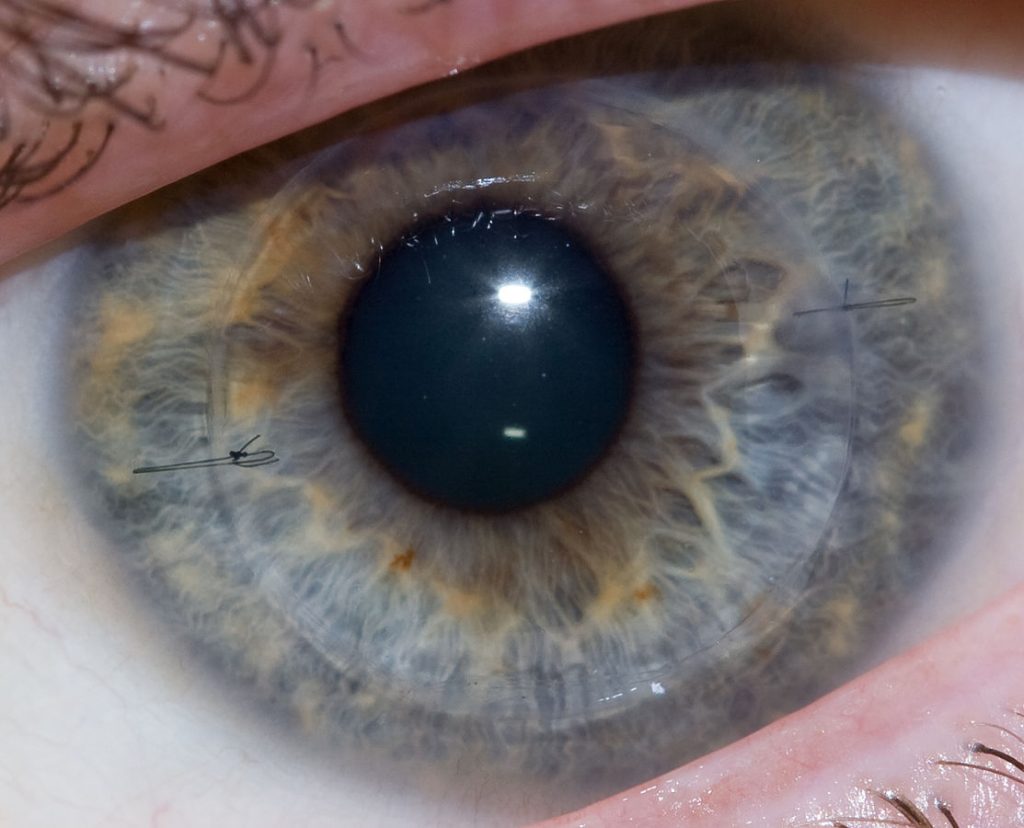The cornea is the clear, front window of the eye. It helps focus light into the eye so that you can see. The cornea is made of layers of cells. These layers work together to protect your eye and provide clear vision.
Your cornea must be clear, smooth and healthy for good vision. If it is scarred, swollen, or damaged, light is not focused properly into the eye. As a result, your vision is blurry or you see glare.
If your cornea cannot be healed or repaired, your ophthalmologist may recommend a corneal transplant. This is when the diseased cornea is replaced with a clear, healthy cornea from a human donor.

A human donor is someone who chooses to donate (give) his or her corneas after their death to people who need them. All donated corneas are carefully tested to make sure they are healthy and safe to use.
There are different types of corneal transplants. In full or penetrating corneal transplantation, the central portion is removed from a diseased cornea and replaced with a healthy donated cornea. In partial corneal transplantation, or DSAEK (Descemet’s Stripping Anterior Endothelial Keratoplasty), only the posterior portion of the diseased cornea is removed and replaced with a healthy posterior corneal layer from a donor.
Our Corneal Specialist, Dr. Maayan Keshet, is a medical advisory member on the New York Eye Bank for Sight Restoration and has years of experience in corneal transplantation.
